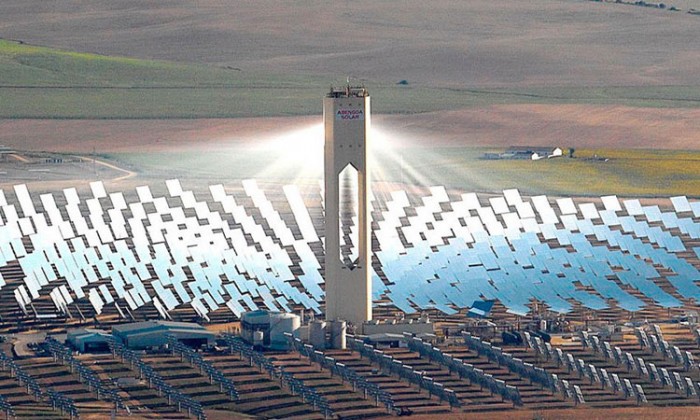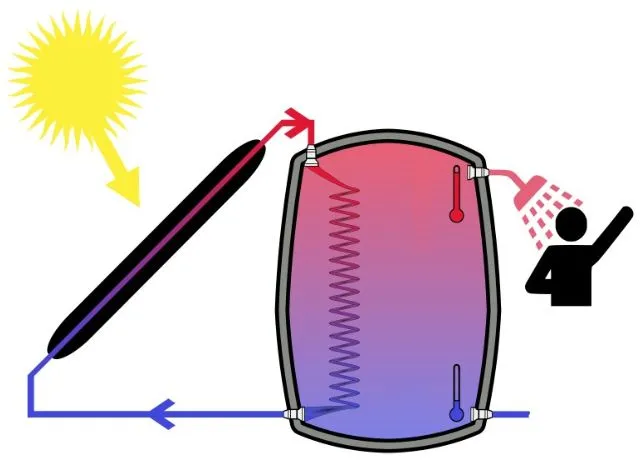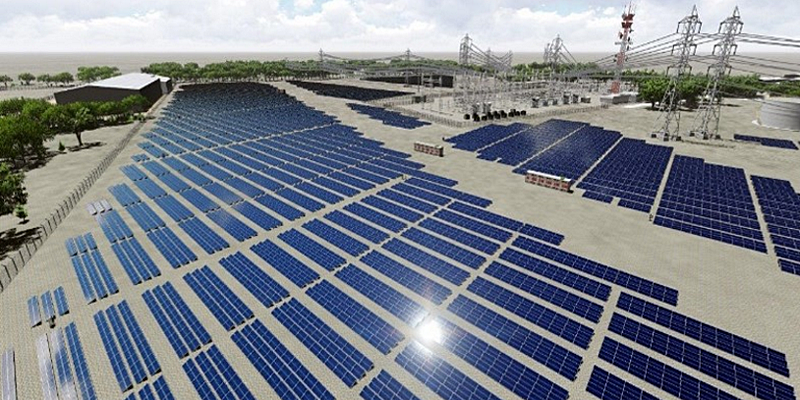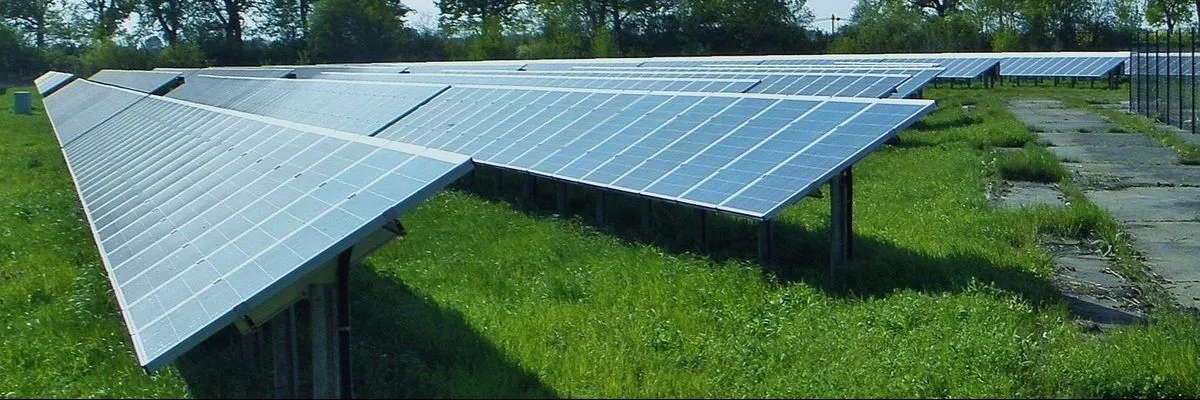As we all know, solar energy is a renewable energy obtained from solar radiation.
On this occasion, we will briefly review the different technological alternatives that are part of solar energy, especially thermal and photovoltaic, and we will see their main uses.
What is solar energy?
As we mentioned at the beginning of this article, solar energy is a type of renewable energy that takes advantage of the oscillating electromagnetic field radiated by the sun. Although humans have always used the sun’s energy, it is currently harnessed in two main ways: heat and electricity.
Main types of solar energy
The main ways of benefiting from this type of energy are:
- Solar thermal energy: It is used to produce domestic hot water and heating.
- Photovoltaic solar energy: Produces electricity by means of solar panels.
- Solar wind energy: Air is blown up a chimney where there are generators.
- Concentrating solar thermal power: Produces electricity from a fluid heated to a high temperature.

We can also make a classification according to whether mechanical or electrical means are required to obtain, transform and/or store the heat generated by the sun, which requires an external supply of energy.
In the latter case we can distinguish between passive solar energy and active solar energy.
Solar thermal energy
Solar thermal energy is mainly used to cook food, to produce hot water for sanitary use and heating or to produce mechanical energy and ultimately to transform it into electricity.
A more interesting application is that of absorption refrigeration systems. These systems are able to produce cooling using heat instead of electricity.
Domestic hot water
Domestic hot water (DHW) is one of the main applications of solar thermal energy. In fact, in many countries, including Spain, it is compulsory to have this type of solar installation in buildings (newly constructed or rehabilitated) that make use of DHW.

Photovoltaic solar energy
It is also the most widespread for electricity production and, once again, the Technical Building Code (CTE) makes it compulsory for buildings with certain uses and above certain dimensions.
| Use | Dimensions |
| Shopping centres/leisure | 3000 m2 built area |
| Administrative | 4000 m2 built area |
| Hypermarkets | 5000 m2 built area |
| Warehouses | 10000 m2 built area |
| Fairgrounds (Halls) | 10000 m2 built area |
| Hotels/Hostels | 100 vacancies |
| Hospitals/Clinics | 100 beds |
Worldwide photovoltaic production is already sufficient to cover between 3.5% and 7% of electricity demand. In some countries, such as Germany, Spain, Italy or the UK, it reaches 10% of production. In 2015 it already accounted for a total of almost 184 TWh. If you want to know more about how sunlight is transformed into electricity and its main applications, you can read our detailed article on photovoltaic solar energy.

Nowadays, solar self-consumption is becoming more and more popular in homes thanks to the aid for this type of installation and the better offer of solar self-consumption kits.
As we have seen, solar energy is truly versatile and has enormous potential. Its role in eliminating dependence on fossil fuels is key, but even so, the first step is to consume energy responsibly and efficiently.


